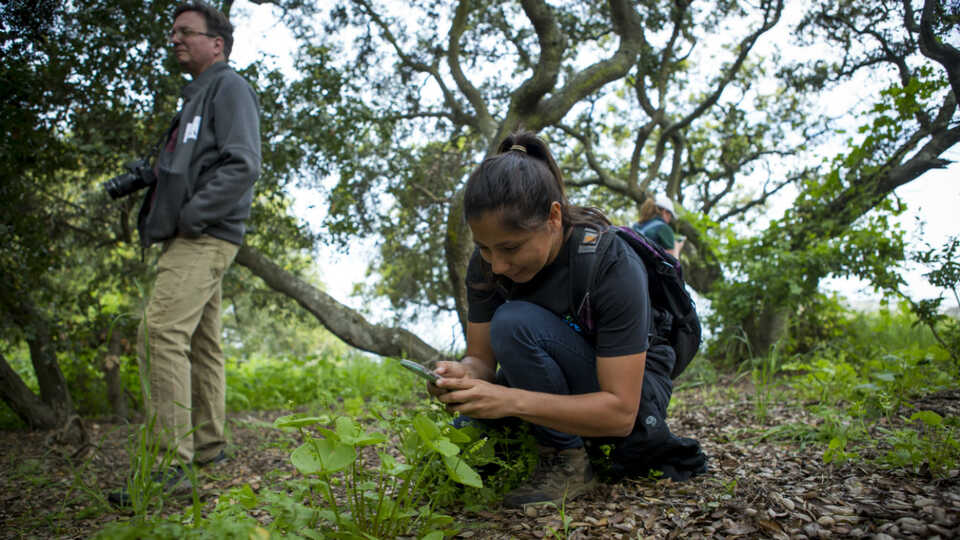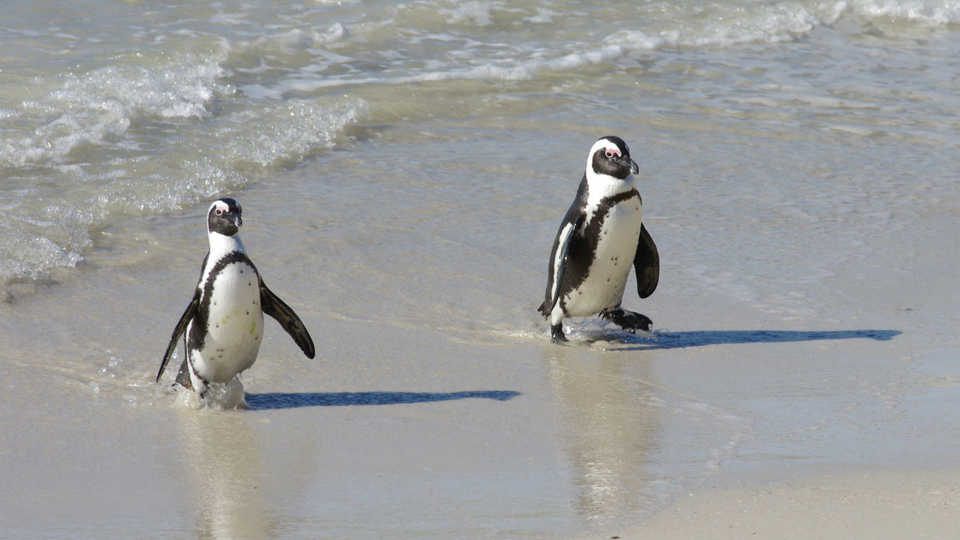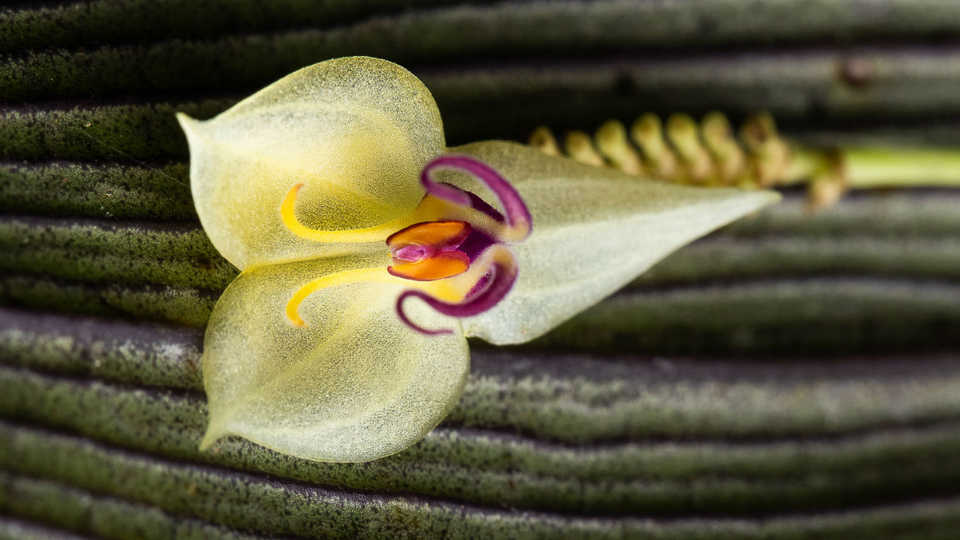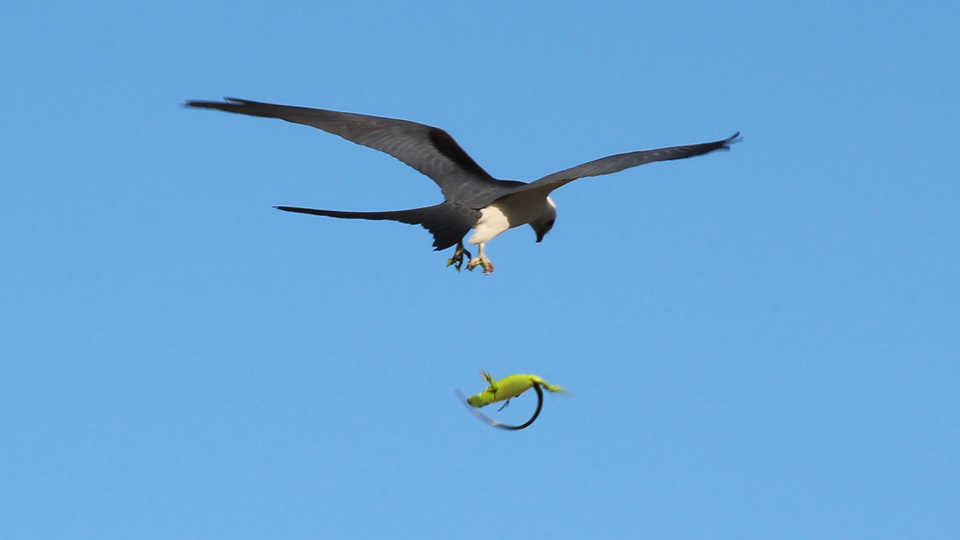Fifth-annual Challenge encourages participants to safely document wildlife however they can—even from their own home—to ensure public health and foster a much-needed connection with nature and each other
SAN FRANCISCO (March 31, 2020) – The City Nature Challenge—one of the world’s largest citizen science events—returns at the end of this month for its fifth year of connecting communities with nature! In response to shifting public health recommendations related to COVID-19, this year’s City Nature Challenge will forego the competition portion and simply celebrate the collaborative spirit of the event. The four-day Challenge offers alternative ways for people around the world to observe local wildlife however they can—even through windows or within homes—and at a safe distance from one another to ensure participants closely follow the public health guidelines of their local governments.
After launching the first-ever City Nature Challenge in 2016, the California Academy of Sciences and the Natural History Museum of Los Angeles County have now expanded the citizen science event to take place on six continents. Participation is easy: Any photos of wild plants or animals taken during the Challenge can be uploaded to the free mobile app iNaturalist where an online community confirms species identifications. The observations gathered during these surveys become open-source data that help scientists inform resource management and detect patterns of global change. It also provides a platform for people to connect with one another during these trying times.
The collaboration begins April 24 at 12:01 am in each time zone and runs through April 27, 11:59 pm. People of all ages can participate by submitting their pictures of the wildlife in their homes, backyards, or out in nature on iNaturalist, an online platform powered by the California Academy of Sciences and National Geographic. The collective scientific efforts from participants around the world will be tallied and results announced on May 4.
“This year we want to embrace the collaborative aspect of sharing observations online with a digital community, and celebrate the healing power of nature as people document their local biodiversity to the best of their ability,” says Alison Young, co-director of Citizen Science at the Academy. “We want people around the world to have the opportunity to participate while still following all federal and local recommendations to keep communities safe.”
During such uncertain times, it’s more important than ever to foster a sense of community, and the City Nature Challenge allows participants to do just that. For both budding and veteran citizen scientists, participating is easy:
- Find wildlife! It can be any wild plant, animal, fungi, slime mold, or any other evidence of life (scat, fur, tracks, shells, carcasses!) found in your neighborhood, home, backyard, or even through your windows. You might be surprised by how many insects thrive in the nooks and crannies around you.
- Take pictures of what you find using your phone or camera and then upload the photos to the iNaturalist platform.
- Learn more about the plants and animals you find as your observations are identified!
Those not able to take photos of wildlife can focus their efforts on identifying species documented in their area—even observations documented before the City Nature Challenge! Many organizers in cities around the world will be hosting safe community events, such as virtual identification parties, between April 28 – May 3.
By the end of the inaugural weekend in 2016, over 1,000 participants submitted more than 20,000 observations of nature to iNaturalist. Last year, the City Nature Challenge tallied more than 950,000 observations made by over 35,000 people in over 150 participating cities. Scientists can’t be everywhere at once, so without community observations, they’d miss some incredible finds.
During the 2019 City Nature Challenge, participants in Miami spotted a swallow-tailed kite dropping an iguana in mid-air. In Bolivia, citizen scientists spotted an Andean condor—the largest flying bird in the world—circling high over their heads. And in Hong Kong, participants photographed the fluke of an endangered Indo-Pacific humpback dolphin. While every City Nature Challenge results in troves of biodiversity data for scientists, educators, urban planners, and policymakers, this year’s Challenge is focused on offering a safe and restorative way for people to reconnect with nature and their community.
See participating cities and partner organizations.
Social Media: #CityNatureChallenge
Signing up is easy and free. Visit inaturalist.org from your browser, or download iNaturalist from the App Store or Google Play store. iNaturalist is powered by the California Academy of Sciences and National Geographic.
The California Academy of Sciences is a renowned scientific and educational institution dedicated to exploring, explaining, and sustaining life. Based in San Francisco’s Golden Gate Park, it is home to a world-class aquarium, planetarium, and natural history museum, as well as innovative programs in scientific research and education—all under one living roof. Hours are 9:30 am - 5:00 pm Monday - Saturday, and 11:00 am - 5:00 pm on Sunday. Admission includes all exhibits, programs, and shows. For daily ticket prices, please visit www.calacademy.org or call (415) 379-8000 for more information.
The Natural History Museum of Los Angeles County has amassed one of the world’s most extensive and valuable collections of natural and cultural history—with more than 35 million objects, some as old as 4.5 billion years. The Natural History Family of Museums includes the NHMLA, the La Brea Tar Pits Museum (Hancock Park/Mid-Wilshire), and the William S. Hart Park and Museum (Newhall, California). The Family of Museums serves more than one million families and visitors annually, and is a national leader in research, exhibitions and education. Visit nhm.org/nature.
Press Contacts
If you are a journalist and would like to receive Academy press releases please contact press@calacademy.org.
Digital Assets
Hi-res and low-res image downloads are available for editorial use. Contact us at press@calacademy.org to request access.




